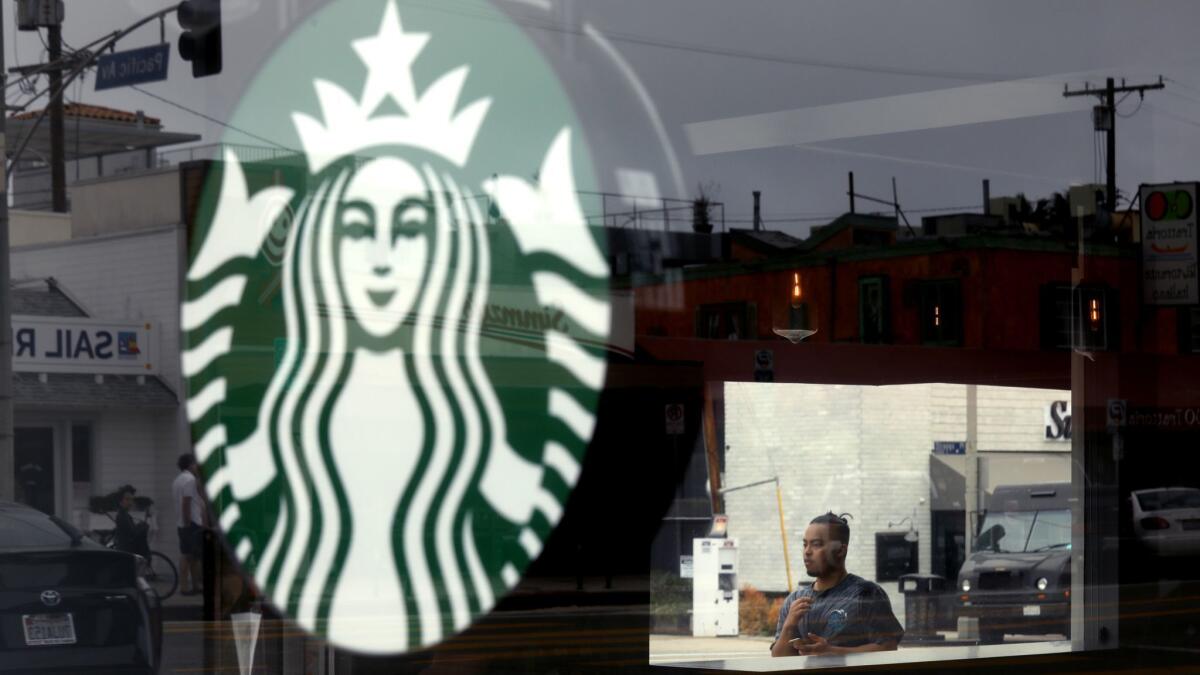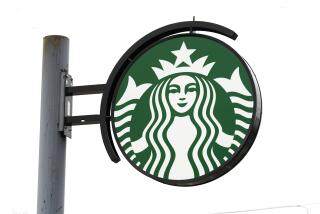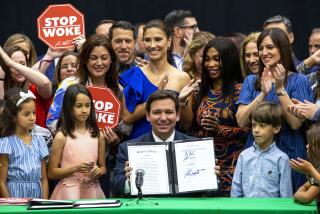Starbucks’ bias training finally happened. Here’s what it looked like

The three Starbucks managers didn’t know one another well before Tuesday morning. Huddled around an emerald guidebook at the start of the company’s racial bias training, they flipped to page 2.
Over the next four hours, the district managers — Carrie Teeter, Carol Huang and Jose Galvez — would go through the same racial bias curriculum that 175,000 other Starbucks employees completed throughout the day. The training, at 8,000 stores across the country, marked the start of Starbucks’ commitment to years of diversity and sensitivity programs after two African American men were arrested at a Starbucks in Philadelphia on April 12. Starbucks executives and outside experts alike point to the training as a significant response to incidents of racial profiling in commercial spaces that have recently garnered national attention — and are endemic to American history.
At first, the differences among the three seemed obvious, Huang said. A white woman. A female Chinese immigrant. A man from the Dominican Republic. But in talking about how bias has affected their own lives, and how bias informs the way they run their stores, the conversation dredged deeper.
Huang, a 12-year Starbucks employee, remembered emigrating from China at age 5 and joining a classroom where students made fun of her accent.
Galvez, who has worked for Starbucks for three years, immigrated to the U.S. at age 5 and said he was put in remedial classes in elementary school because of his heavily accented English.
And as a manager, Teeter thought about how she might rush through an interaction with a customer with accented or broken English, rather than pausing to make sure she heard the customer’s name correctly.
“I probably have done that, and didn’t mean it in any kind of way, but my perception of the situation was probably a lot different from theirs,” Teeter said.
Days after a white manager called 911 to report Rashon Nelson and Donte Robinson — who had arrived two minutes before at the Philadelphia store for a business meeting — Starbucks announced that stores across the country would close for sessions on racial bias. Since then the company, along with implicit bias experts and civil rights activists, have pinned Tuesday’s training as just the start. No lasting change can come in four hours, they say.
To complete the curriculum, Starbucks employees broke into groups of three to five people and progressed through a guidebook, complete with pages to mark up by hand, as well as video and audio clips played on an iPad. During training, store managers did not take leadership roles but instead worked alongside their employees.
At first, employees were prompted to find differences between themselves and others. They watched a video in which company Chairman Howard Schultz talked about his vision for a more inclusive company and country. They reflected on what a place of belonging means to them. And they examined their own biases.
Each group viewed a documentary underwritten by Starbucks and directed by Stanley Nelson. In the film, people of color talk about experiences of being racially profiled, including being followed in stores. Footage from the civil rights movement quickly progresses to 21st-century cellphone videos capturing people being dragged off a plane, threatened in a New York deli and choked at a North Carolina Waffle House.
The guidebook also prompted employees to propose suggestions for corporate policy and to offer input on the obstacles they face in making all customers feel welcome. Near the end of the training, employees listened to audio recordings from other workers describing times they acted on their biases. One worker grabbed a tip jar and set it behind the counter when a group of young men walked into the store. Another told a “scruffy” man not to panhandle when he was actually standing in line with his wife.
Near the end of the training, employees decided what steps they would take to make customers and one another feel more welcome.
Stephanie Creary, an identity and diversity expert at the University of Pennsylvania’s Wharton School, said that to truly resonate, the training would have to address people across a continuum, from those who didn’t formerly recognize that racial bias existed in the United States to those who contend with it every day. Also, an effective curriculum had to impart tools for when employees returned to work Wednesday.
“What I’m looking forward to is to see how the training evolves to also being one about helping the employees understand what they need to do differently,” Creary said.
Sherrilyn Ifill, president and director counsel of the NAACP Legal Defense and Educational Fund, and Heather McGhee, president of Demos, served as volunteer advisors on the curriculum. Speaking to reporters last week, they said they would publish a report this summer about how Starbucks can address issues of bias “in a comprehensive way.” McGhee said the volunteer advisors “set high standards for accountability” with the company and would not just “be a rubber stamp to validate their programming.”
“As an African American woman going into this conversation, I had a lot of cynicism about how much a corporation would actually be committed to making a significant, meaningful difference after the headlines faded,” McGhee said. “What surprised me has been the depth of commitment the Starbucks leadership had to seeing this as essential to their mission.”
Tuesday’s training for employees was identical to the curriculum given to Starbucks executives over the last week and marked the beginning of monthly training sessions for employees on issues beyond racial bias. Starbucks will also host a leadership conference for store managers when the monthly sessions end next year.
Speaking with reporters Tuesday morning, Schultz talked about going through the training with other executives and hearing the stories of a colleague who grew up in South Africa during apartheid. Schultz said the woman “wanted us to understand the imprinting of that experience on her life,” and that the group was so moved during the conversation that they paused for a short break.
“Trying to, as a white person, fully understand as much as possible the fact that a person of color never quite feels comfortable in a public space in America, and hearing it from them, because it’s not something we think about . . . how can we be better people?” Schultz said. “How can we be better citizens? What else can we do to try and advance a feeling of equality in the country?”






